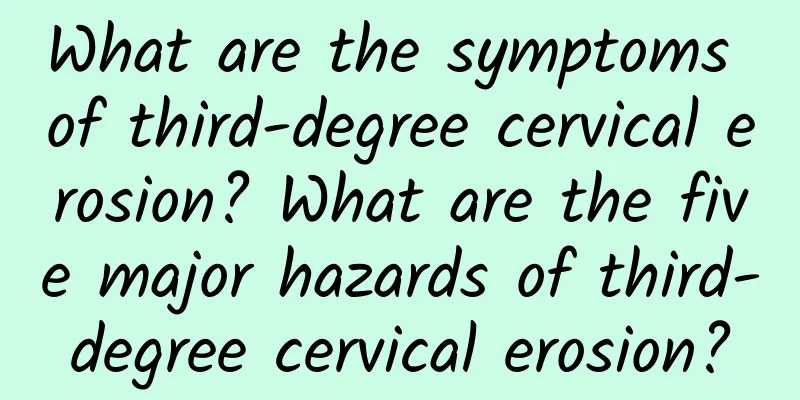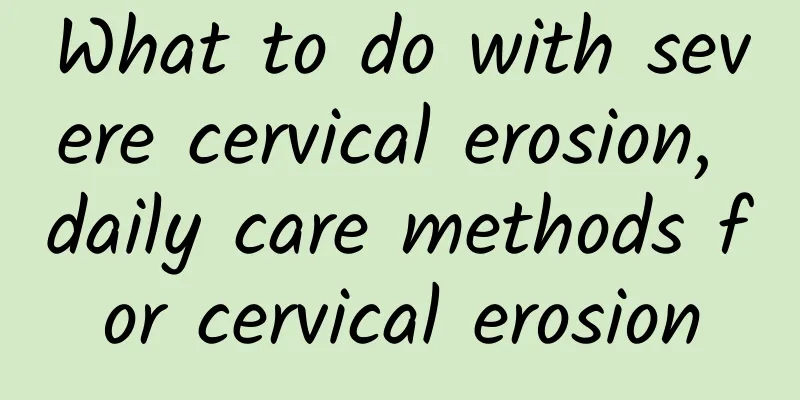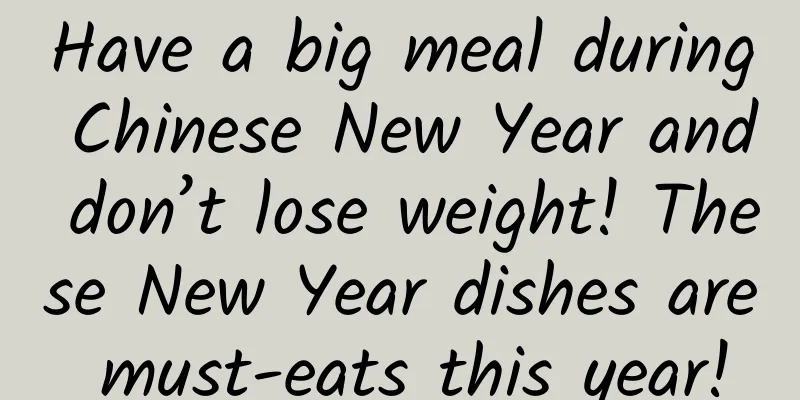What are the symptoms of functional uterine bleeding?

|
Symptoms of functional uterine bleeding mainly include irregular menstruation, prolonged menstruation, heavy menstrual flow and spotting. If these symptoms occur, you should see a doctor as soon as possible to identify the cause and receive treatment to avoid anemia or other health problems caused by excessive bleeding. Functional uterine bleeding often manifests as cyclical menstrual abnormalities, such as the menstrual cycle shortened to less than 20 days, or extended to more than 35 days; the menstrual period is significantly prolonged, exceeding 7 days; the menstrual volume increases significantly, requiring patients to frequently change sanitary products. Spotting or sudden heavy bleeding during non-menstrual periods may also occur. Some patients may experience lower abdominal pain, back pain, or weakness, which are usually related to symptoms of anemia. This situation involves more than just a simple "menstrual problem", it may also indicate endocrine disorders, ovarian dysfunction, etc., and requires detailed examinations, such as blood routine, electrolyte testing, and even pelvic ultrasound screening. Functional uterine bleeding often manifests as cyclical menstrual abnormalities, such as the menstrual cycle shortened to less than 20 days, or extended to more than 35 days; the menstrual period is significantly prolonged, exceeding 7 days; the menstrual volume increases significantly, requiring patients to frequently change sanitary products. Spotting or sudden heavy bleeding during non-menstrual periods may also occur. Some patients may experience lower abdominal pain, back pain, or weakness, which are usually related to symptoms of anemia. This situation involves more than just a simple "menstrual problem", it may also indicate endocrine disorders, ovarian dysfunction, etc., and requires detailed examinations, such as blood routine, electrolyte testing, and even pelvic ultrasound screening. Once functional uterine bleeding is diagnosed, treatment needs to be adjusted according to symptoms and causes. Bleeding caused by endocrine disorders can be treated with hormones, such as oral estrogen or combined oral contraceptives; if accompanied by severe anemia, hemoglobin should be supplemented with iron or intravenous iron infusion; if necessary, hemostatic drugs such as tranexamic acid should be used to control bleeding. In terms of diet, it is recommended to consume more iron-rich foods, such as lean meat, animal liver, and spinach, and appropriately supplement vitamin C to promote iron absorption. In daily life, we should pay attention to strengthening our physical fitness, avoid excessive fatigue, and maintain good work and rest habits. Regular physical examinations for women can also help to detect and prevent potential problems early. |
<<: Is it easy to get pregnant with uterine fibroids and ovarian cysts?
>>: How to treat functional uterine bleeding
Recommend
The era of honey thighs has arrived! 6 kinds of food to make your legs slimmer and have beautiful legs
Ladies who love beauty, take a look! The era of s...
How to prevent ovarian cysts?
Ovarian cysts refer to masses that form inside or...
The dangers of chocolate cyst puncture
Chocolate cyst is a common gynecological disease ...
Detailed introduction to several common complications of cervicitis
Clinically, it is normal for complications of cer...
Treatment of ovarian cysts
Symptoms of ovarian cysts may include abdominal p...
How much harm does abortion do to women?
Miscarriage has significant effects on women both...
Could pelvic effusion be cervical adhesion?
Could pelvic effusion be cervical adhesion? In li...
What are the causes of cervical erosion?
What are the causes of cervical erosion? Generall...
How to treat chronic cervicitis in women? Complete list of treatments for chronic cervicitis in women
Chronic cervical inflammation is a problem that m...
What are the symptoms of cervicitis in women? 3 things you need to know about the causes of cervicitis
There are many types of gynecological diseases. I...
What are the symptoms of pelvic inflammatory disease?
Pelvic inflammatory disease is a common gynecolog...
How to regulate irregular menstruation for women? Pay attention to these aspects of irregular menstruation for women
Menstrual irregularities often occur, but they ar...
How to prevent miscarriage in patients with adenomyosis?
A woman's uterus is not only vital to her own...
Can I only eat bananas when I have constipation? Try drinking "this 1 cup" of high-fiber juice to moisturize the intestines and relieve constipation
Who says you can only eat bananas when you are co...
Introduction to the general situation of abortion
Miscarriage after pregnancy is something that eve...









